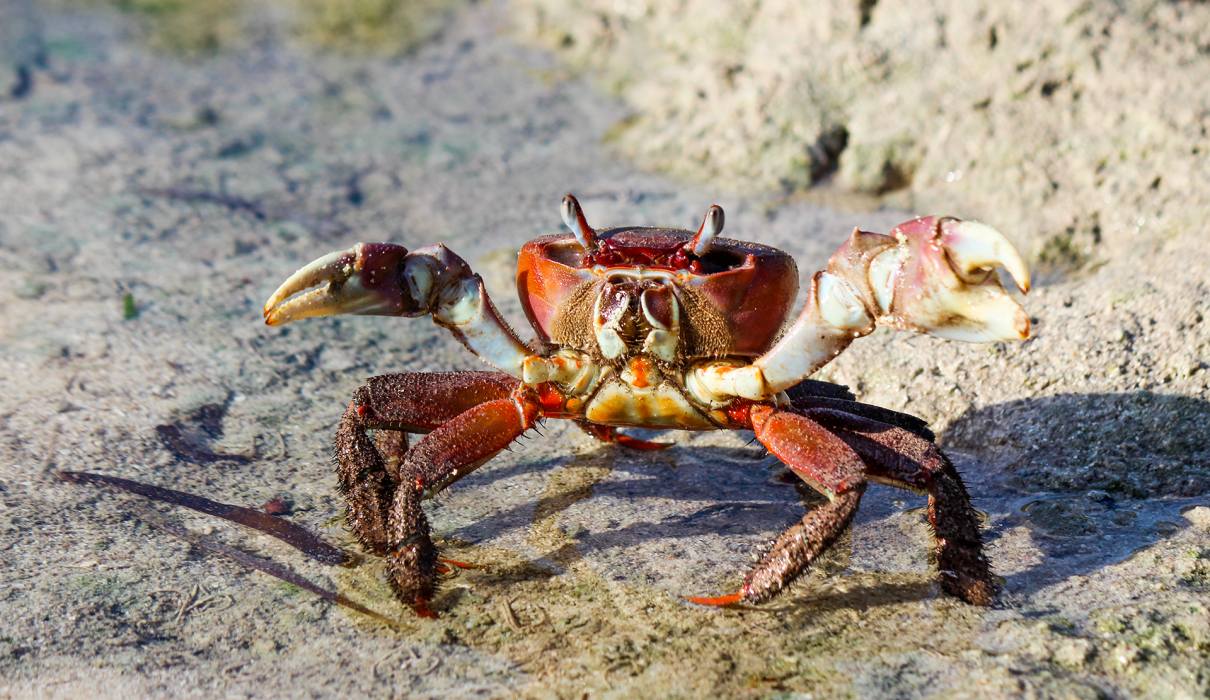Cardisoma carnifex, affectionately known as the mangrove crab, is a common sight across numerous Maldivian islands. From Kaafu Huraa to Noonu Kendhikolhudhoo, Noonu Lhohi, Noonu Medhuvaru, Noonu Maalhendhoo, Noonu Landhoo, Kaafu Kuda Vilingili, and even as far as Laamu Hithadhoo, these charismatic crustaceans grace the shores with their presence.
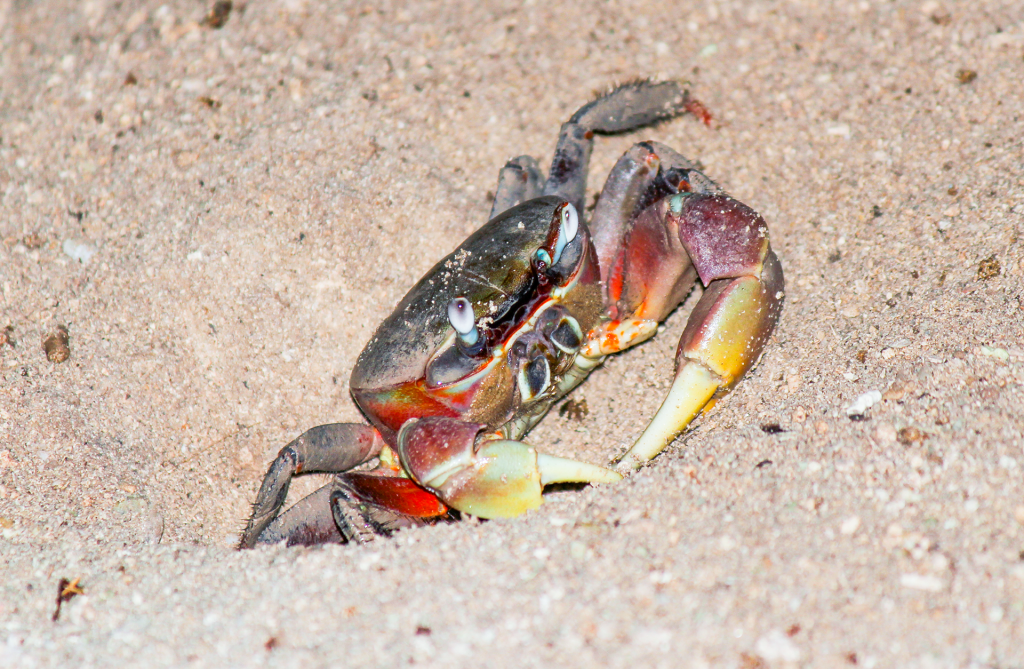
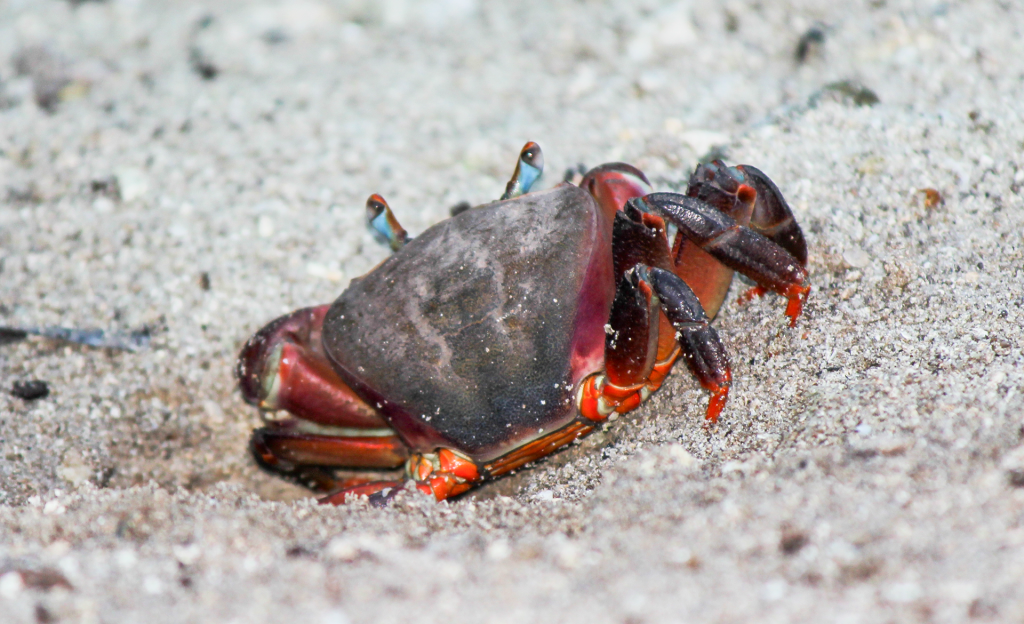
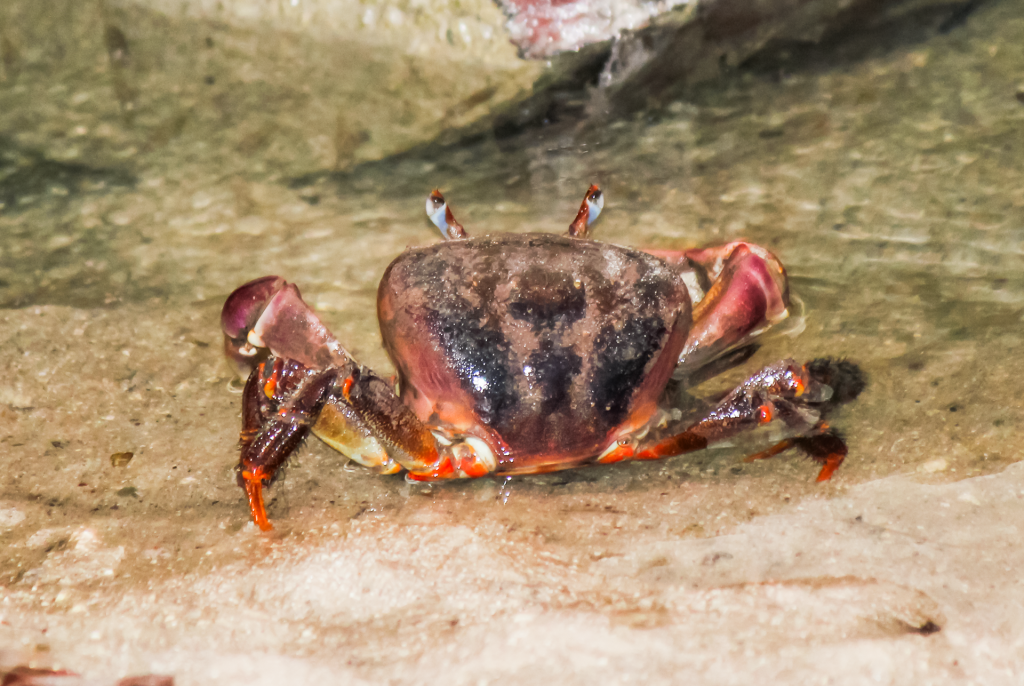
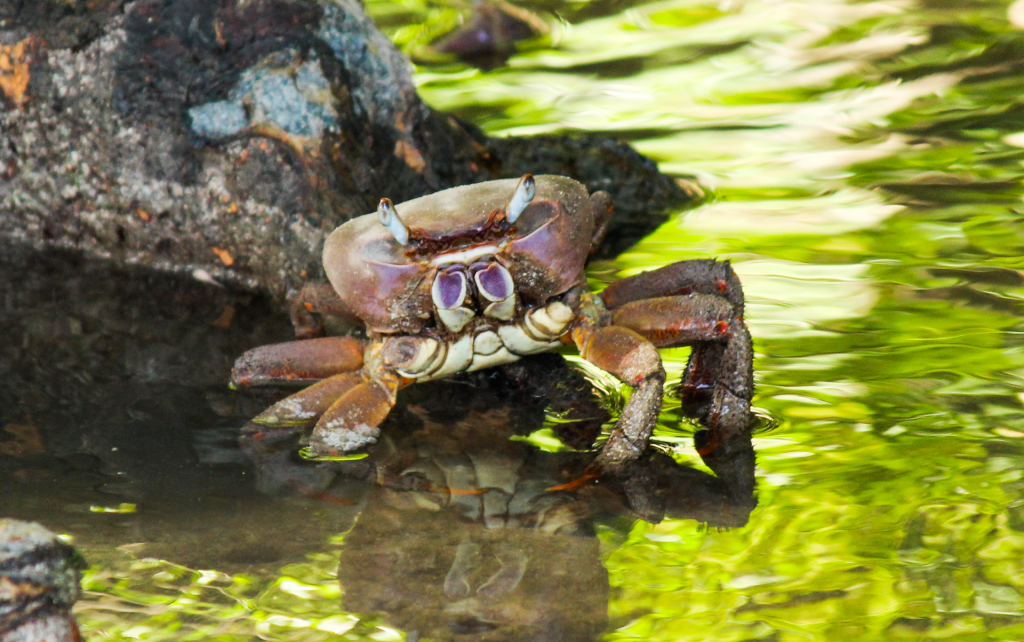
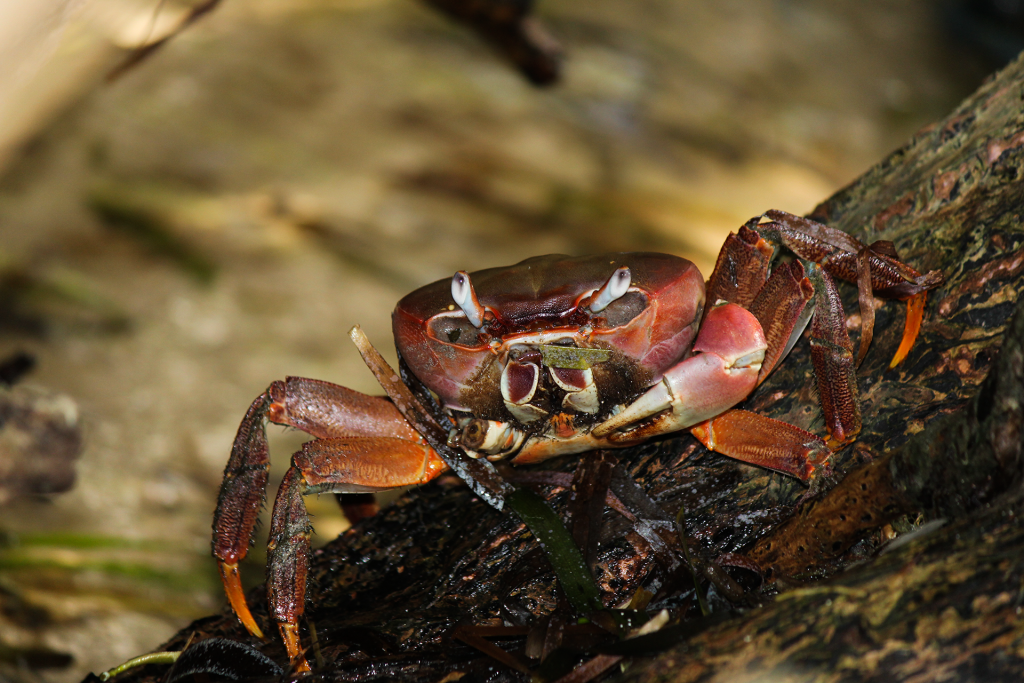
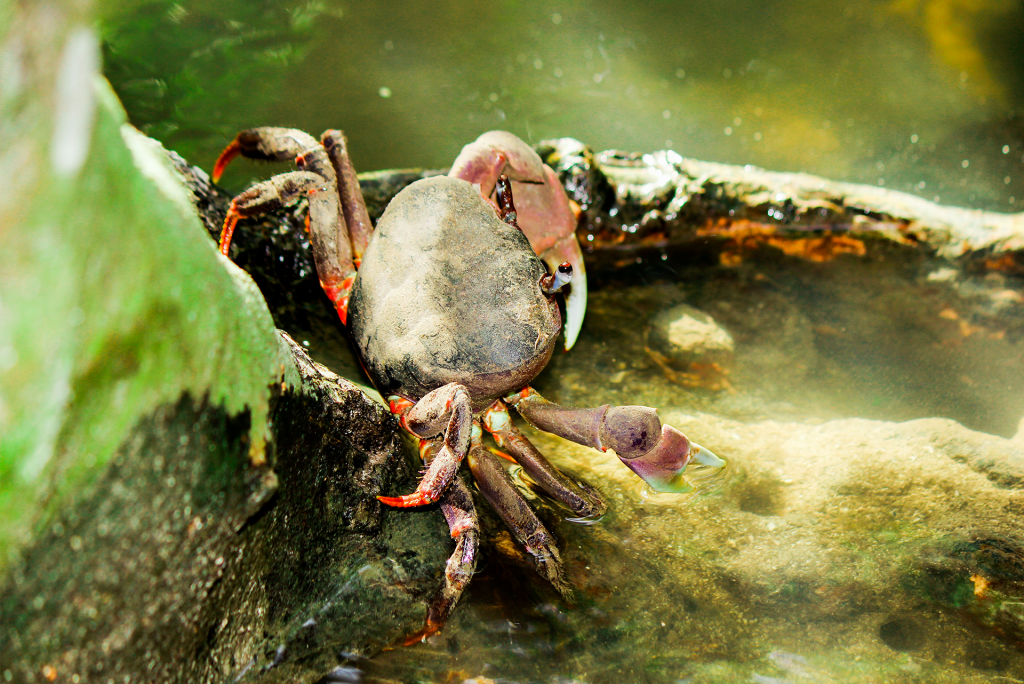
Understanding Its Classification
In the grand classification of life, Cardisoma carnifex fits in as follows:
- Domain: Eukaryota
- Kingdom: Animalia
- Phylum: Arthropoda
- Class: Malacostraca
- Order: Decapoda
- Suborder: Pleocyemata
- Infraorder: Brachyura
- Family: Gecarcinidae
- Genus: Cardisoma
- Species: C. carnifex
Appearance and Habitat
These crabs exhibit a subovate, swollen carapace with a smooth surface, typically ranging in color from brown to brownish-grey. Their habitat preferences include back mangroves or similar brackish-water habitats, where they play vital roles in the ecosystem.
Life and Behavior
Cardisoma carnifex leads a semi-terrestrial life, often observed traversing the mangrove-lined shores. Their reproduction involves larvae being released into the sea and returning to land once fully developed. Despite their abundance, these crabs hold a low market value and are typically caught by hand or with special traps, then sold live.
Reproduction
Being mostly gonochoric, mangrove crabs like Cardisoma carnifex have separate sexes. Mating rituals often include precopulatory courtship, where olfactory and tactile cues play significant roles, ultimately leading to indirect sperm transfer.
For further information, you can visit SeaLifeBase or Wikipedia.
In essence, the Cardisoma carnifex, with its wide distribution across Maldivian islands, serves as a testament to the rich biodiversity and interconnectedness of coastal ecosystems.


